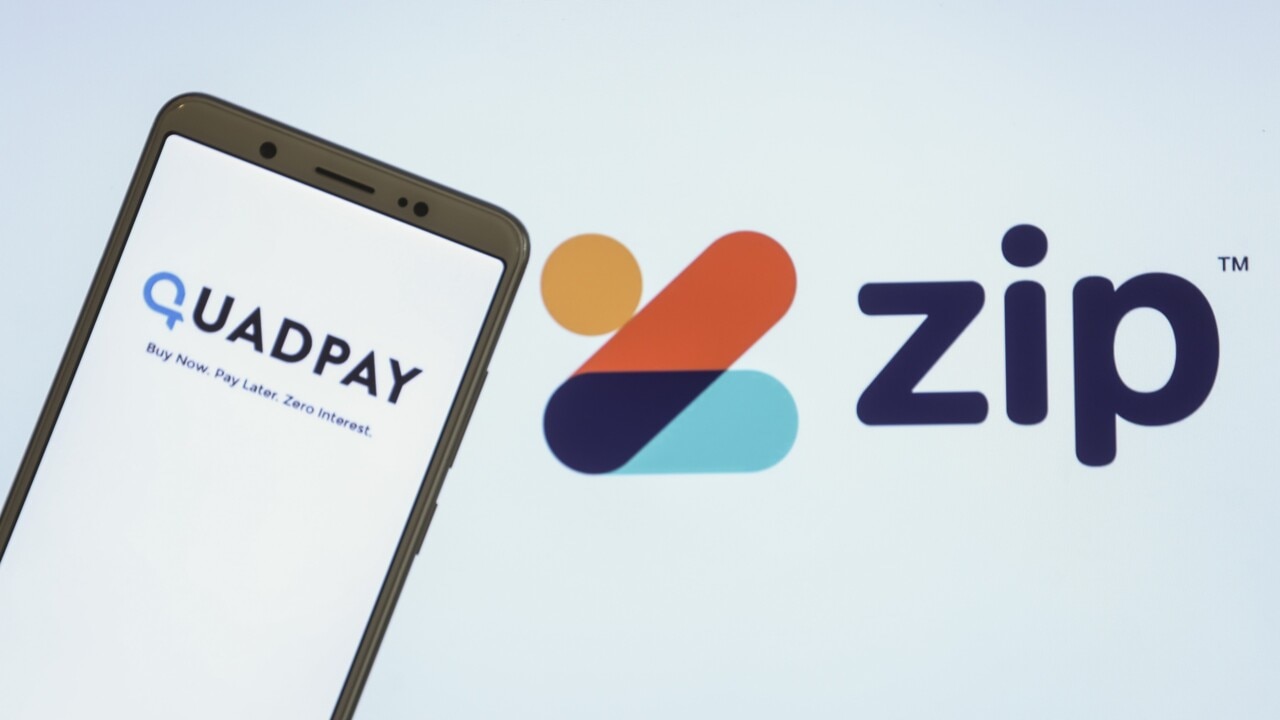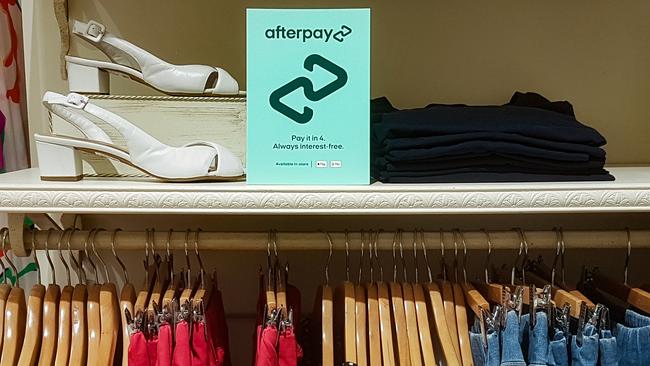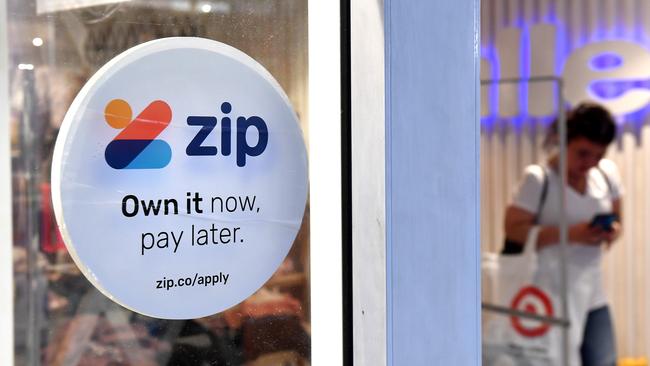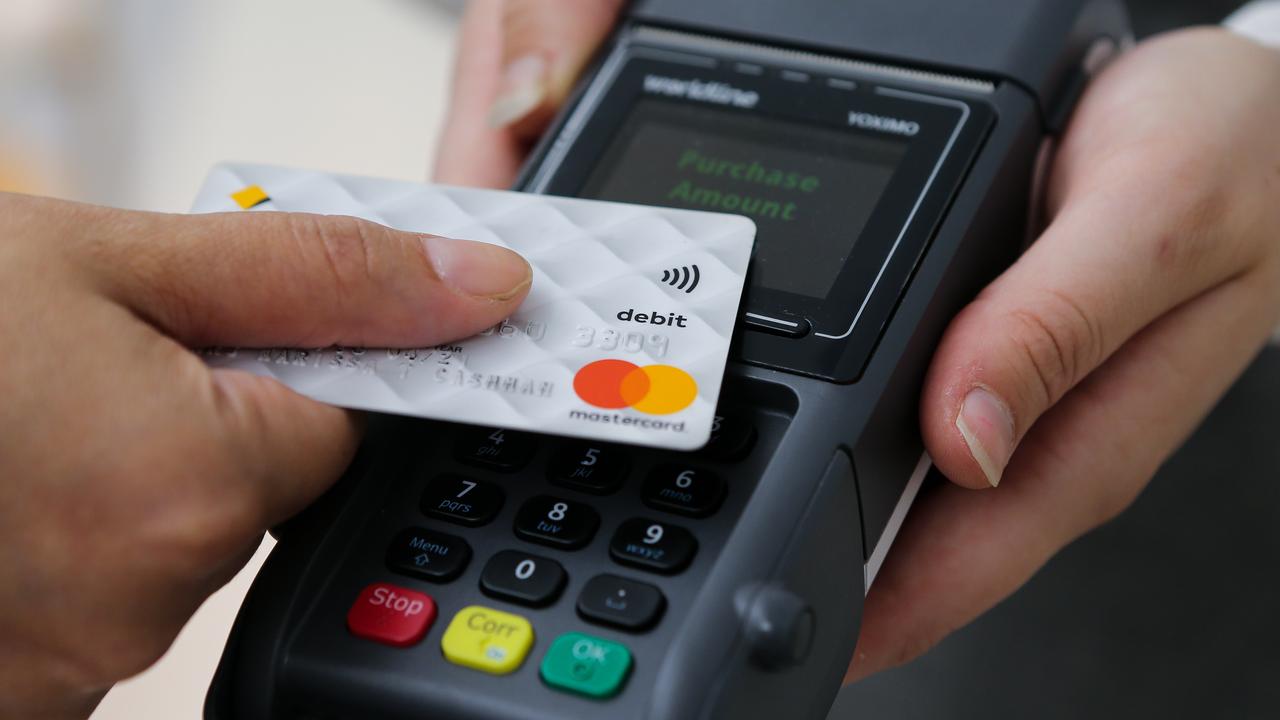Afterpay, Zip and other BNPL providers face becoming completely unprofitable
Experts have warned that rising rates and tougher economic conditions could see players like Afterpay and Zip haemorrhage money.

Banking
Don't miss out on the headlines from Banking. Followed categories will be added to My News.
Buy now, pay later providers such as Afterpay and Zip are facing immense pressure in the current economic climate and face becoming completely unprofitable, according to leading experts.
In fact, operators in the sector are at risk of becoming loss leaders and that scenario could already being playing out, found credit rating agency and Fitch Ratings and financial services firm McLean Roche Consulting.
News.com.au previously revealed how experts have predicted potential “carnage” for the BNPL sector this year as providers burn through cash, bad debts balloon and customers retreat from using the service – a model which they say isn’t sustainable.
The buy now, pay later (BNPL) sector is valued at more than $30 billion collectively, but currently the Australian market is saturated.
There are 12 BNPL providers listed on the Australian Stock Exchange – the most anywhere in the world.
Michael Taianoa, senior director for banks in North America at Fitch Ratings, said more competition made it challenging for providers to pass on higher costs to retailers.
“I view the pay in four product sort of as a trojan horse product that brings in customers that you could then look to monetise with other products/services,” he told The Australian.
“I think as a stand-alone product, pay-in-four profitability is challenged, and in order to be profitable will need to scale through repeat customer usage and have low operating expenses especially customer acquisition costs, and have exclusivity with merchants.”
Want to shop without paying upfront? Read our buy now, pay later guide at Compare Money >

‘Perfect storm’
The sector was facing a “perfect storm” as funding costs rose sharply wiping out any profitability at a time when the economy has slowed and consumer defaults are expected to rise, said Grant Halverson, CEO of Mclean Roche.
But an Afterpay spokesperson said its funding model was “unique” and unlike traditional lending, its exposure to customer’s defaulting on debt was low.
Providers are also facing a tightening of regulations as Treasury sets to review the sector and decide whether to classify the product as credit.
Consumer groups have raised red flags about a lack of BNPL regulation arguing there aren’t enough safeguards in place to ensure people can afford to make repayments, exacerbating financial hardship and money problems.
Zip – which saw a deal to merge with US-based BNPL provider Sezzle topple over forcing the Aussie outfit to pay out $US11 million ($A16 million) – has fast-tracked its path to profitability including slashing its workforce, increasing monthly fees and raising retailer fees.
But Mr Halverson said while Zip highlighted the measures will result in $30 million in cost savings, funding is expected to double, meaning the saving would “just be wiped away”.
Zip’s shares have plummeted an extraordinary 76 per cent this year but the provider said it is well placed to adapt to changing economic conditions.

More expensive than credit cards
Meanwhile, recent research from Curtin University found that late fees and account fees from BNPL providers can make them more expensive than a credit card.
It showed that if someone struggles to make BNPL repayments, just like a credit card, they will get lumped with charges that can add up to be the same or more than credit card interest rates, particularly for small purchases.
Last month, the BNPL industry group Australian Finance Industry Association released research which showed the average BNPL purchase was $151.
For a customer that either incurred late fees or account keeping fees on a charge of $151, it would mean an effective interest rate of 28.25 per cent for Afterpay and a whopping 49 per cent for Humm-Little Things.
This is significantly higher than the 22 per cent annual average rate for a credit card, the research found.
“The Buy Now Pay Later industry promotes itself as being “interest-free”, however, their late payment fee and monthly account fee can add up to an amount that effectively equates to an extremely high quasi-interest charge,” said report author Dr Lien Duong, senior lecturer at Curtin University’s School of Accounting, Economics and Finance.
In the report’s most extreme example, the fees for missing BNPL payments would equate to a 276.12 per cent effective interest rate based on a $30 purchase and maximum fees charged.
Originally published as Afterpay, Zip and other BNPL providers face becoming completely unprofitable





